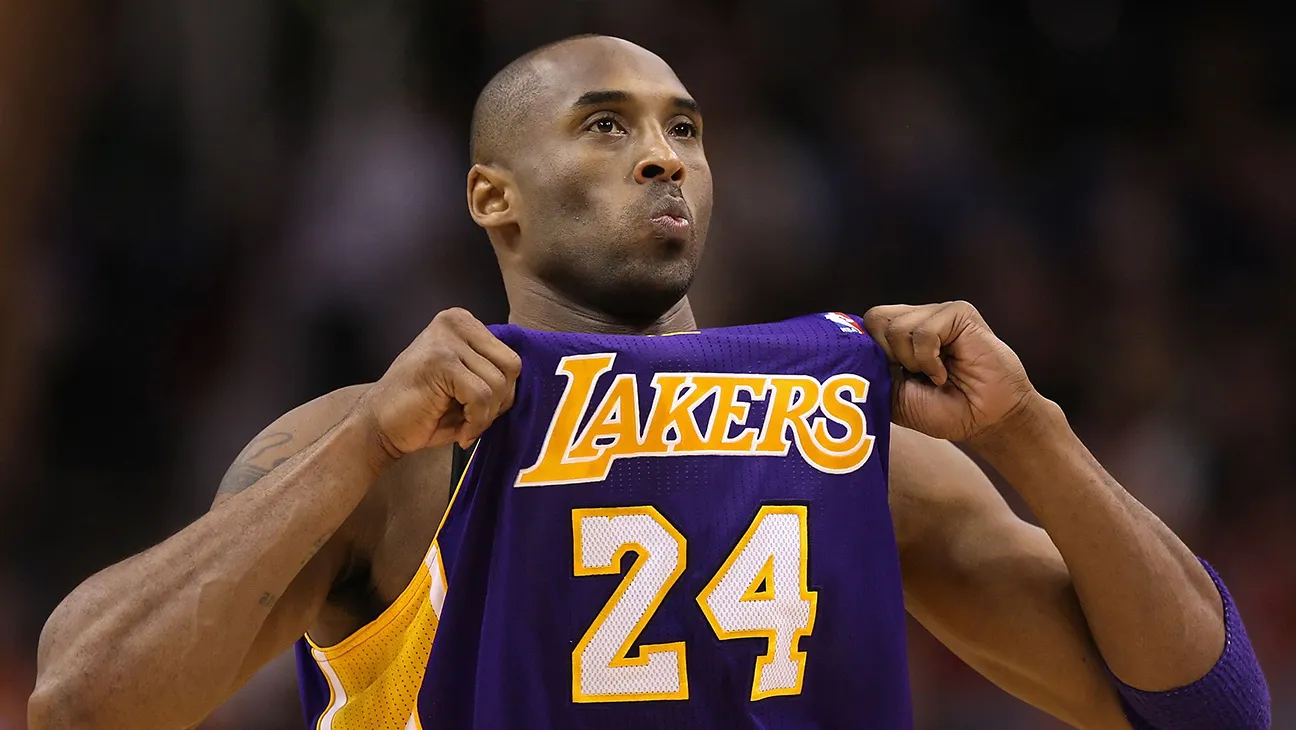
Kobe Bryant: The Relentless Pursuit of Greatness
To understand Kobe Bryant is to understand obsession — not in a negative sense, but as a complete and uncompromising devotion to mastering one’s craft. He wasn’t the most athletic, the biggest, or the fastest. But few, if any, have ever worked harder. The result? Five NBA championships, an 81-point game, and a legacy defined by the legendary “Mamba Mentality.”
Kobe’s story isn’t just about greatness. It’s about the cost of greatness — and the mindset required to reach it.
Phase I: The Prodigy Years (1996–2000)
Drafted 13th overall in 1996 straight out of high school, Kobe Bryant entered the NBA as a lanky teenager with unmatched confidence. Traded to the Los Angeles Lakers, he quickly flashed signs of elite footwork, flair, and fearlessness.
-
1997 Slam Dunk Champion
-
Youngest NBA All-Star starter ever (at 19)
-
Early struggles with shot selection and decision-making
He formed a dynamic (and sometimes turbulent) duo with Shaquille O’Neal. Under Phil Jackson’s triangle offense, Kobe matured from a raw scorer into a disciplined threat.
By 2000, the Lakers were champions — the start of a new dynasty.
Phase II: The Three-Peat and Rising Tensions (2000–2004)
Kobe and Shaq led the Lakers to three consecutive NBA titles (2000–2002). Kobe evolved into a lethal two-way guard, earning All-NBA and All-Defensive team honors.
What made this era iconic:
-
Kobe’s skill development exploded: advanced post moves, killer footwork, and a rapidly growing basketball IQ
-
Late-game confidence: he embraced the spotlight, often taking — and making — the biggest shots
-
Internal tension with Shaq and the media fueled Kobe’s obsession with proving himself independently
Despite their success, egos clashed. The dynasty fell apart after a 2004 Finals loss. Shaq was traded. Now it was Kobe’s team.
Phase III: Lone Wolf and the 81-Point Game (2004–2008)
The mid-2000s were both Kobe’s most electrifying and polarizing years.
-
2005–06: Averaged 35.4 PPG, the highest since Michael Jordan
-
Jan 22, 2006: Dropped 81 points against the Toronto Raptors — the second-highest scoring game in NBA history
-
Scoring titles in 2006 and 2007
-
Criticism for ball dominance and leadership questioned
Kobe had become the league’s deadliest offensive weapon. But he was also carrying weak rosters, often dragging them to playoff contention through sheer will.
He wanted more than numbers. He wanted rings.
Phase IV: The Resurgence and Twin Titles (2008–2010)
With the arrival of Pau Gasol and a stronger supporting cast, Kobe entered a second prime — older, wiser, and more team-oriented.
-
2008 MVP: Recognized for carrying the Lakers to a 57–25 record
-
2009 & 2010 NBA Championships: Redeemed himself with back-to-back titles, including revenge over the Celtics
-
Finals MVPs both years
-
Expanded arsenal: post-up footwork, mid-range turnaround, and fadeaways perfected
Kobe wasn’t just scoring now — he was teaching. Directing teammates, controlling tempo, and becoming a true floor general.
This was legacy cementing.
Phase V: The Battle with Time and the Final Goodbye (2011–2016)
The twilight of Kobe’s career was marked by injury, pain, and — paradoxically — moments of poetic triumph.
-
Torn Achilles in 2013: Walked to the free-throw line and sank both shots
-
Return struggles: multiple injuries, declining team
-
2016 Farewell Game: Scored 60 points in his final game at age 37
Despite physical limitations, his competitive fire never faded. Kobe aged like a warrior — limping but unyielding, stubbornly refusing to give anything less than his all.
The Mamba Mentality: What Set Kobe Apart
Kobe’s legacy goes far beyond stats. It’s defined by how he approached the game — and life.
| Pillar | Impact |
|---|---|
| Ruthless work ethic | 4 AM workouts, obsessive film study, relentless practice |
| Mental discipline | Cold, focused, fearless in pressure situations |
| Skill perfection | Footwork learned from Hakeem, fades inspired by Jordan |
| Global influence | Built bridges with China, Europe, and inspired a generation of athletes |
| Leadership evolution | From ball-dominant scorer to demanding mentor and teacher |
“Mamba Mentality” became a code not just for players — but for anyone chasing excellence.
Career Achievements: The Numbers Behind the Myth
| Category | Career Stat |
|---|---|
| NBA Championships | 5 |
| MVP Awards | 1 (2008) |
| Finals MVPs | 2 |
| All-Star Selections | 18 |
| All-NBA Selections | 15 |
| All-Defensive Teams | 12 |
| Career Points | 33,643 (4th all-time) |
| 81-Point Game | 2nd highest single-game ever |
Kobe is one of only a handful of players with multiple 50+ point games, multiple titles, and elite accolades on both ends of the floor.
Post-Retirement: A New Chapter Cut Short
After retirement, Kobe quickly found success as a storyteller and entrepreneur:
-
Won an Academy Award for his short film Dear Basketball
-
Created the Mamba Academy to mentor young athletes
-
Launched books and content to inspire the next generation
His tragic passing in January 2020 shocked the world — yet his influence only deepened. From murals to tattoos, from high school gyms to NBA Finals — Mamba Lives On.
Conclusion: Greatness is a Choice
Kobe Bryant didn’t believe greatness was reserved for the gifted. He believed it was a decision — made every day, in silence, in sweat, in sacrifice.
He showed the world that excellence has a cost — and he paid it gladly.
In the end, Kobe wasn’t just one of the greatest players. He was the standard — a relentless force whose pursuit of greatness left behind a blueprint for generations to follow.